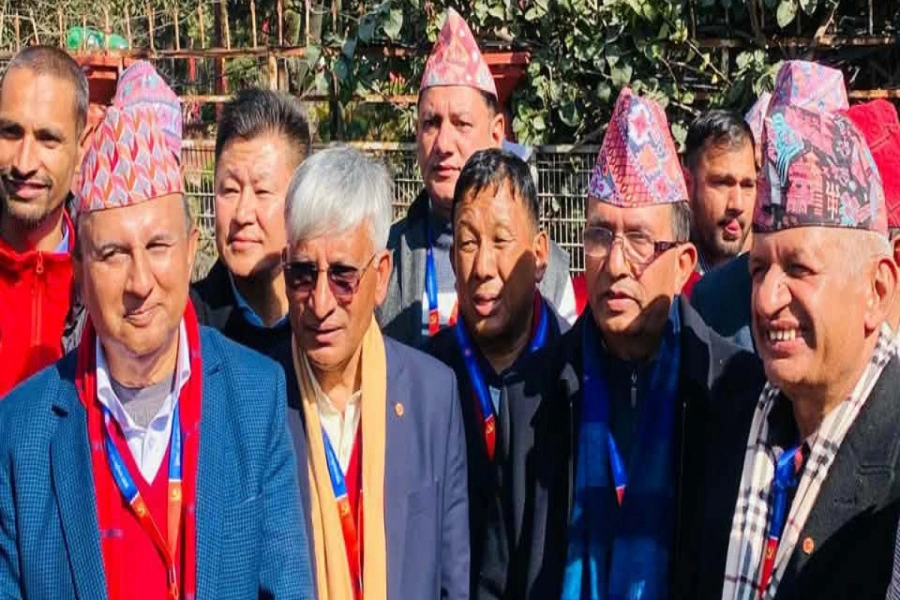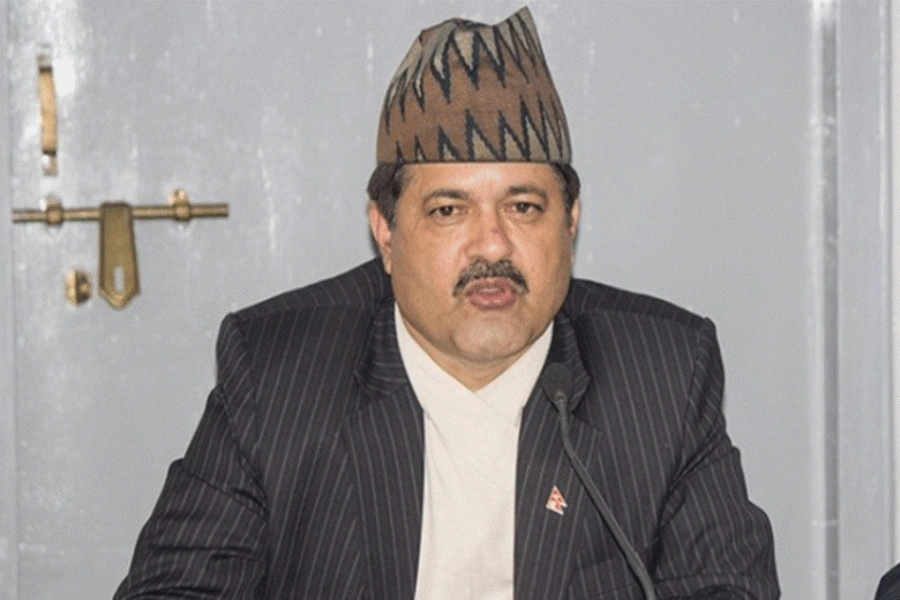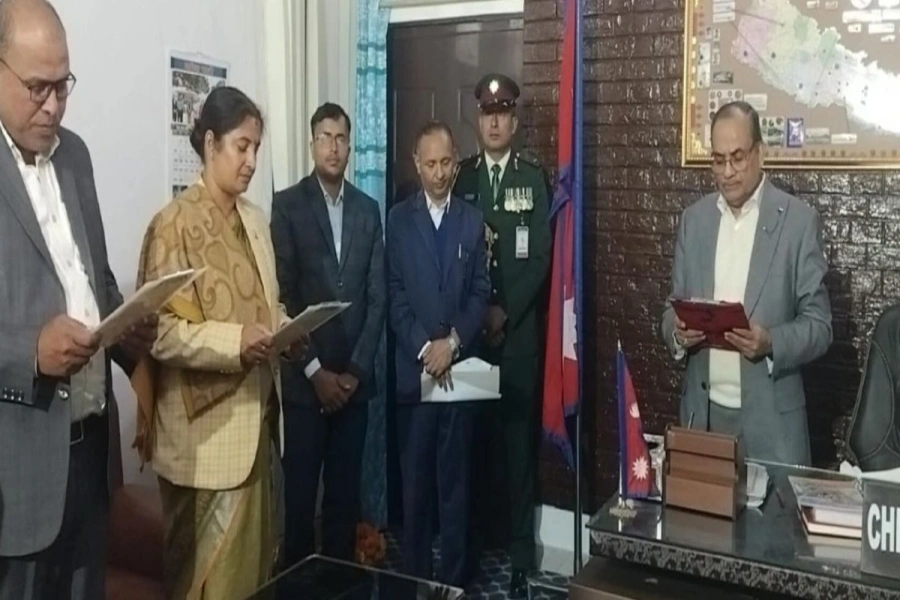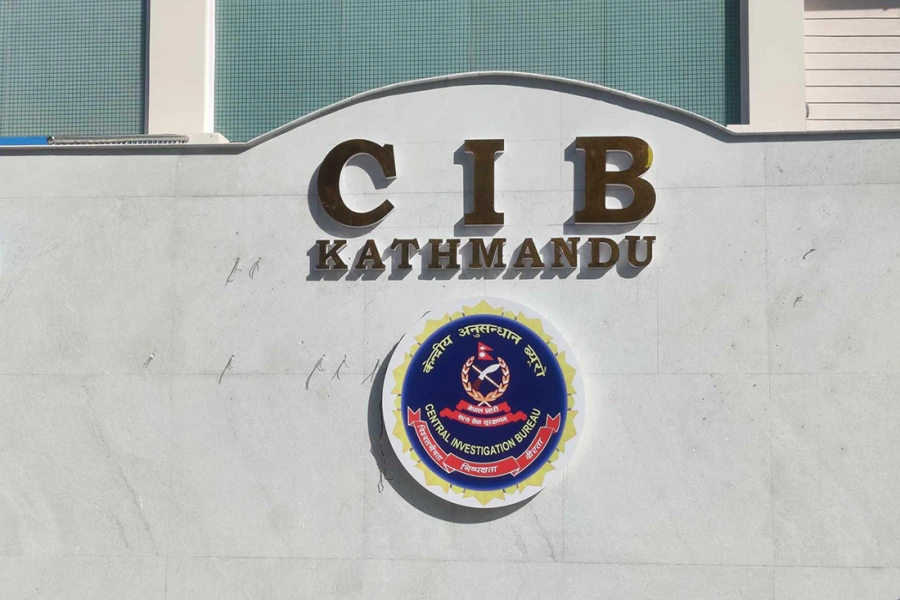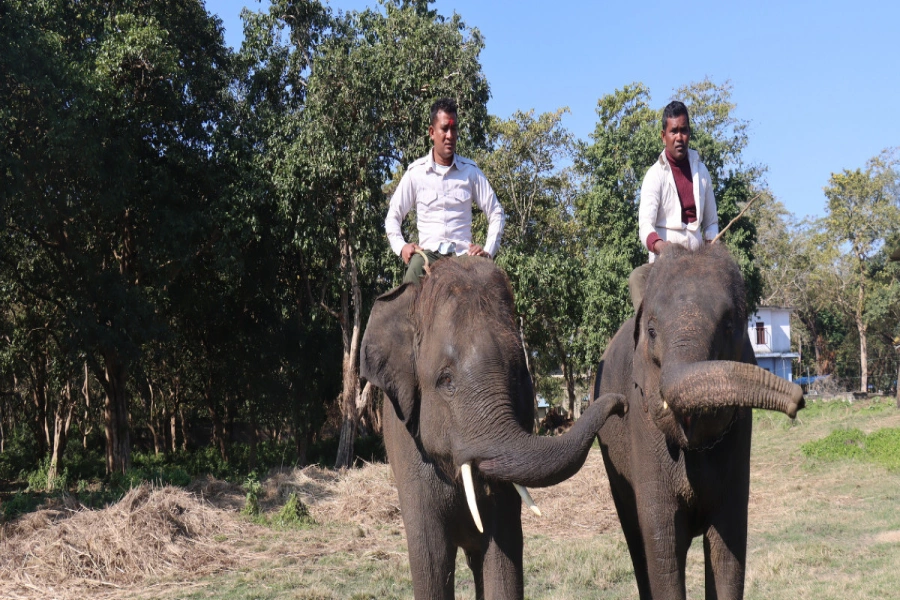KATHMANDU, June 24: As many as 48 erstwhile Village Development Committees (VDCs) of six mountainous and high-hill districts in the country are at high risk in terms of food security.
A situation report prepared by Nepal Food Security Monitoring System or Nepal Khadhya Surakshya Anugaman Pranali (NeKSAP) and launched here on Friday, shows that overall, out of 3,367 VDCs and municipalities in 74 districts, the District Food Security Networks (DFSNs) classified 48 VDCs (1.4 percent) as highly food insecure, 183 VDCs (5.4 percent) as moderately food insecure, and 3,136 VDCs and municipalities (93.1 percent) as minimally food insecure.
Of these VDCs identified as highly food insecure 11 are in Gorkha district, 10 each in Mugu and Humla districts, nine in Bajura district, five in Dhading district and three in Kalikot district.
DFSNs in Humla, Mugu, Kalikot and Bajura classified some VDCs as highly food insecure (Phase 3) and attributed the situation to the winter lean period, a poor summer crop harvest, poor incomes from agriculture and livestock, and limited development activities during the winter. Many of these districts also observed earlier crop losses in 2015 and 2016 due to insufficient rainfall and drought, the report states.
DFSNs estimated that roughly 87,000 people in those districts were currently highly food insecure and require external assistance to meet food and non-food needs.
The report covering the period from mid-November 2016 to mid-March 2017 is based on the review inputs provided by 74 DFSNs and provides an outlook for the food security situation between mid-March to mid-July 2017 (the Nepali months of Chaitra, Baisakh, Jestha, and Asar 2073/74). DFSNs classified each VDC and municipality in their district based on the Integrated Food Security Phase Classification (IPC) method as either minimally food insecure (Phase 1), moderately food insecure (Phase 2) or highly food insecure (Phase 3). In this round there were no VDCs classified as severely food insecure (Phase 4) or above.
Eating junk food is bad for health!

Highlights Since the April-May 2015 earthquakes
DFSN meetings have reported a gradual improvement in the overall food security situation in the affected districts of the western, central and eastern regions. In the current reporting period DFSNs cited summer crops (paddy and maize) harvests and resumption of livelihood activities as major factors contributing to improvement in the food security situation as compared to the last monitoring cycle (mid-July to mid-November 2016).
Nevertheless, DFSNs classified some VDCs in Gorkha and Dhading as highly food insecure (Phase 3). Most of these VDCs are northern, high altitude areas with marginal land where production of cereal crops is low. Also, DFSNs attributed the situation to poor sanitation and hygiene, slow pace of post-earthquake reconstruction, and poor incomes from on- and off-farm sources. In some districts of the mid- and far-western regions DFSNs reported that the food security situation has deteriorated in this period.
DFSNs attributed the situation to the poor summer crop production and rapidly depleting food stocks, the winter lean period and associated transitory food gaps, poor incomes from the sale of livestock and non-timber forest products (NTFPs), and the lasting impacts of the April/May 2015 earthquakes. DFSNs in the earthquake affected districts also reported poor shelter, poor sanitation and hygiene, and poor access to drinking water as factors affecting the food security situation.
District Food Security Networks (DFSN) use the NeKSAP food security phase classification method to classify the severity and causes of acute food insecurity in Nepal. By adopting the phase classification method, DFSNs use a set of standard procedures and tools to reach a consensus and classify the food security situation into five phases.
Accordingly, minimally food insecure (Phase 1) includes areas where households can secure food and non-food needs without shifting livelihood strategies; moderately food insecure (or stressed) (Phase 2) are areas where households are able to meet minimum food needs with traditional coping strategies but are unable to afford some essential non-food expenditures without engaging in irreversible coping strategies; highly food insecure (or Crisis) (Phase 3) covers VDCs where food consumption gaps are higher and households can meet minimum food needs only with accelerated depletion of livelihood assets; the severely food insecure (or emergency) (Phase 4) areas are where households are unable to meet food and non-food needs without losing livelihood assets; and Humanitarian emergency (or Declared Famine) (Phase 5): where almost all households have an extreme lack of food and other basic needs and starvation, destitution, irreversible loss of capital resources and loss of life are evident.
DFSNs also classified 183 VDCs in 14 districts as moderately food insecure (Phase 2). This is 5.4 percent of the 3,367 VDCs and municipalities in the 74 districts. Phase 2 is a situation where households are able to meet minimum food needs with traditional coping strategies but are unable to afford some essential nonfood expenditures without engaging in irreversible coping strategies. The distribution of moderately food insecure (Phase 2) VDCs is as follows: 20 in Nuwakot, 2 in Rasuwa, 5 in Sindhupalchowk, 7 in Gorkha, 11 in Kalikot, 17 in Humla, 7 in Dolpa, 14 in Mugu, 20 in Achham, 12 in Baitadi, 28 in Bajhang, 6 in Bajura, 17 in Darchula, and 17 in Doti.
DFSNs classified all other VDCs and municipalities (3,136) as minimally food insecure (Phase 1). This is 93.1 percent of the 3,367 VDCs and municipalities in the 74 districts. Phase 1 is a situation where households can secure food and non-food needs without shifting or changing livelihood strategies. These households are capable of adjusting to small scale stresses caused by hazards, disasters, shocks, epidemics and conflicts or violence by means of existing social, natural and economic capital. In these areas, the food security situation was reported as normal because of sufficient stocks of cereals maintained through the recent paddy (October/November) and maize (August/September) crop harvests and income from on-farm and off-farm activities, which contributed to household food availability and access and limited the impact of natural disasters and man-made shocks on utilization and stability.
Outlook: mid-March to mid-July 2017 Overview
District Food Security Networks, based on current conditions and likely future scenarios, have forecasted the food security situation for the period of mid-March to mid-July 2017 (the Nepali months of Chaitra, Baiskah, Jestha, and Asar 2073/74). Harvesting of wheat, the major winter crop of the country, is expected to be completed in this period. The first advance estimate (as of 15 March 2017) forecasted wheat production at 1,782,000 mt, a 2.6 percent increase compared to the production level of 1,736,849 mt in 2015/16. With the wheat harvest, household food stocks are expected to increase in this period.
DFSNs forecasted that during mid-March to mid-July 2017 no VDCs are likely to be classified as severely food insecure (Phase 4) and the number of VDCs likely to be classified as highly food insecure (Phase 3) and moderately food insecure (Phase 2) will also decrease to 31 (from 48 currently) and 169 (from 183 currently) respectively.
DFSNs predicted that 169 VDCs in 14 districts (12 in Dolakha, 10 in Kavrepalanchowk, 10 in Makwanpur, 20 in Nuwakot, 13 in Ramechhap, 2 in Rasuwa, 31 in Sindhupalchok, 11 in Udayapur, 7 in Gorkha, 11 in Kalikot, 10 in Humla, 16 in Dolpa, 10 in Mugu, and 6 in Jajarkot) are likely to be classified as moderately food insecure (Phase 2).
DFSNs forecasted that all other VDCs and municipalities in the 74 districts will be classified as minimally food insecure (Phase 1). In those areas, households will replenish food stocks through winter crop harvests and will continue to receive income through on-farm and off-farm sources. NeKSAP is implemented by the Ministry of Agricultural Development (MoAD) with the strategic guidance of the National Planning Commission (NPC). The World Food Programme (WFP) currently provides technical assistance for NeKSAP with funding from UK aid from the UK government. Additional partners include the Central Bureau of Statistics (CBS), FAO, UNICEF, the National Nutrition and Food Security Secretariat (NNFSS), the International Centre for Integrated Mountain Development (ICIMOD), and the CGIAR Research Program on Climate Change, Agriculture and Food Security (CCAFS). RSS


